When the average person thinks about Canadian Indigenous art, (if they think about it at all), what probably comes to mind are traditional beaded moccasins, totem poles and soapstone carvings. While these are iconic representations of the creativity and talent of some of the First Nations in this country, these are examples that are rooted in the past.
Today, there are exciting modern art pieces being created by Canadian Indigenous artists who are paying homage to their past by using some of their culture’s traditional techniques, but in a decidedly more modern way that reflects their interpretation of the world and what’s happening in it right now.
On a recent visit to Saskatchewan, we had the opportunity to visit several galleries which were hosting exhibitions of modern Canadian Indigenous art, and in many cases, whether it was the skill displayed in the technique itself, or the creative genius of the finished piece, we were beyond impressed.
Our cultural art tour began with a birch bark bitings collection at the Wanuskewin Heritage Centre just outside of Saskatoon.
Biting Back: Our Cultural Resilience Half Moon Woman, Pat Bruderer
When I first heard the expression “birch bark biting”, it didn’t really register with me. Even when I saw the first examples of this art form at an exhibition by Pat Bruderer in the Wanuskewin Heritage Centre near Saskatoon, I didn’t really understand how this artwork was actually created.
Pat Bruderer or Half Moon Woman, is a Cree artist and one of the few knowledge keepers and experts in the practice of creating traditional birch bark bitings, an ancient cultural art form that was very nearly lost to the world.
Bruderer’s exhibition featured actual pieces of birch bark displaying patterns that resembled mandalas in their geometric symmetry. The designs were intricate and beautiful and I assumed that these patterns had been created using some type of technique similar to tin-punching but maybe with a traditional tool made of bone or porcupine quills.
I had the right idea, but would never have imagined that the tool that Bruderer was using was actually her eye tooth!
Birch Bark Biting
The technique of birch bark biting is a delicate one in which the artist first peels a thin layer of birch bark, and then folds it into a multi-layered ‘bundle’. Then, using her eye tooth, the artist gently bites into the bark bundle, making an impression through the multiple layers. Once the bundle is gently unfolded, those dental impressions become patterns which emerge as intricate, symmetrical designs. (the technique is similar to cutting ‘snowflakes’ by using folded paper and scissors).
Easier said than done!
It’s one thing to create a random or abstract design, but some of Broderer’s patterns incorporate figures, insects, flowers, etc. and these patterns are created blindly, meaning without any pattern traced onto the bark beforehand. Instead, Bruderer visualizes the design in her mind, and creates it in real time as she bites into the folded bark.
To see just how this birch bark biting is done, watch the video below.
If it isn’t already obvious, I was blown away by this traditional art form. But equally impressive was the way that Bruderer used modern techniques like laser etching to transpose those designs onto other materials that she then incorporated into her other art pieces like drums and wearable art.
These ‘garments’ in the collection were truly statement pieces, as these items became Bruderer’s way of telling her people’s story from pre-colonial times to the present day.
Radical Stitch Exhibition at the Mackenzie Art Gallery, Regina
Beading has been a Canadian Indigenous art form for generations and was practiced for 8,000 years before Europeans ever landed on these shores. So it’s no surprise that this traditional art form plays a significant role in the work of today’s contemporary Indigenous artists as well.
One of the largest ever exhibitions of Indigenous beadwork, titled Radical Stitch, was on display at Regina’s Mackenzie Art Gallery when we visited the city, and we were lucky enough to see the work of dozens of artists whose beaded artworks included video installations, sculpture, clothing and more.
The title “Radical Stitch” reflects not just the highly conceptual works in the exhibition, but also the fact that any exhibition of beadwork would have once been considered an act of protest. Why? Because for 67 years, from 1884 up until 1951, the Indian Act made it illegal for Indigenous people to practice any of their cultural traditions, including beading.
Not surprisingly then, these modern art pieces were both beautiful and thought-provoking, reflecting everything from designs inspired by the prairie landscape, to political jabs at past injustices, and even people’s emotional states represented as beaded ‘brain scans’.
Some pieces blurred the lines between fashion and art, like this New Age Warrior ‘futuristic regalia’ by Catherine Blackburn. Her pieces have been featured in Toronto’s Indigenous Fashion Week as well as in art galleries. (Personally, I would totally love to have this hanging in my closet OR on my wall!)
Equally important as their aesthetic beauty are the stories told by these pieces. Some of the stories were derived from history, like this oversized ‘wampum belt’ which represents the 1764 Western Great Lakes Covenant Chain belt presented by the British to 24 First Nations. (The piece is made with actual $5 bills, meant to reference paltry $5 payouts offered to bands to make up for broken treaties.)
Other pieces tell multiple stories, like this geometric multi-sided piece that tell a different story on each panel.
Whether you appreciate these beaded beauties for the once-forbidden technique involved, or the hours of painstaking labour to create them, or the stories told by the finished pieces, you can’t help but rethink your idea of what Canadian Indigenous art looks like today.
Remai Gallery – Adrian Stimson’s Maanipokaa’iini Exhibition
No visit to Saskatoon is complete without a visit to the Remai Modern Art Gallery, and during our visit we were able to see some of the work of Siksika Nation artist Adrian Stimson, in his Maanipokaa’iini exhibition.
Maanipokaa’iini is the Blackfoot word for newborn bison and this animal holds particular significance for the Indigenous people who have called the land of the Great Plains their home for generations. Bison have been an integral part of their lives, not just by providing their means for survival, but also becoming a part of their spiritual and cultural identity as a people.
So important are the bison to the Indigenous people that in 2019 a small herd from Grasslands National Park was re-introduced to the Wanuskewin Heritage Park just outside of Saskatoon, known for its location as a buffalo jump in ancient times.
The restoration of bison here symbolized the restoring of the balance between animals, grasslands, and humans which in turn makes the spirit of the land and its peoples whole again. When the first bison calf was born to the herd, it represented a further sense of renewal and future optimism for all. Adrian Stimson knows this well, as he was an artist-in-residence at the Park in 2021, and this experience has informed many of the pieces in this exhibition, including new iterations of his Buffalo Boy theme which he’s also brought to the Burning Man festival in the past.
Like all artists, what also informs Stimson’s work is his desire to provoke a reaction from his audience, whether through humour, gender-bending imagery or even more sombre tableaux, like the one he created as witness to the inter-generational trauma caused by the residential school system. (Stimson knows this part of his people’s history intimately as he attended 3 residential schools himself.)
Canadian Indigenous Art Today
Art is never a static thing, but rather an expression of what is important and inspiring to the creator. Sometimes it reflects what is happening in the outside world, sometimes it reflects what is happening within the artist, and more often than not it is both. Having the opportunity to view some of the contemporary Canadian Indigenous art on exhibit at these galleries in Saskatchewan was both inspirational and contemplative, especially given the focus right now on Truth and Reconciliation as it relates to these communities.
The great news is that you don’t have to travel to Saskatchewan to see examples of Canadian Indigenous art: galleries and museums all across the country have works by artists old and new that run the gamut from traditional works to modern conceptual pieces. Visit one and you might discover an ancient technique that you didn’t know existed, or be emotionally moved by a particular image. Either way, it might change your perspective when it comes to what constitutes Canadian Indigenous art.
It certainly did for me.
Special thanks to Tourism Saskatchewan who hosted Henk and I on our visit and gave us the opportunity to tour these galleries.

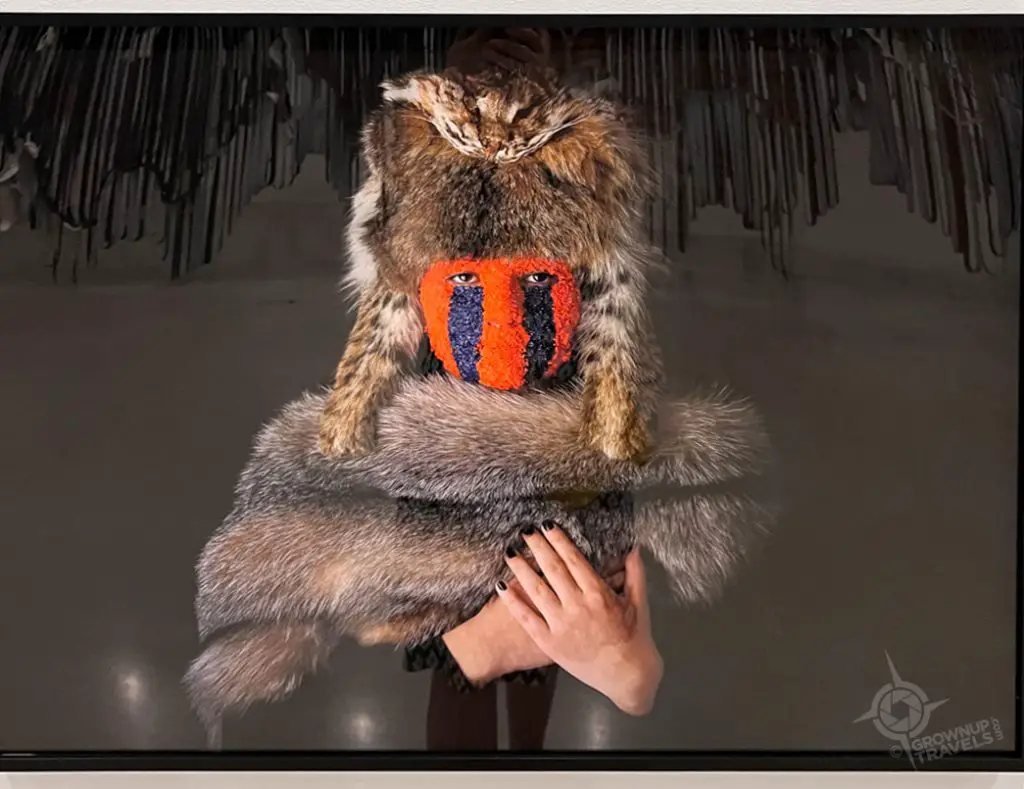
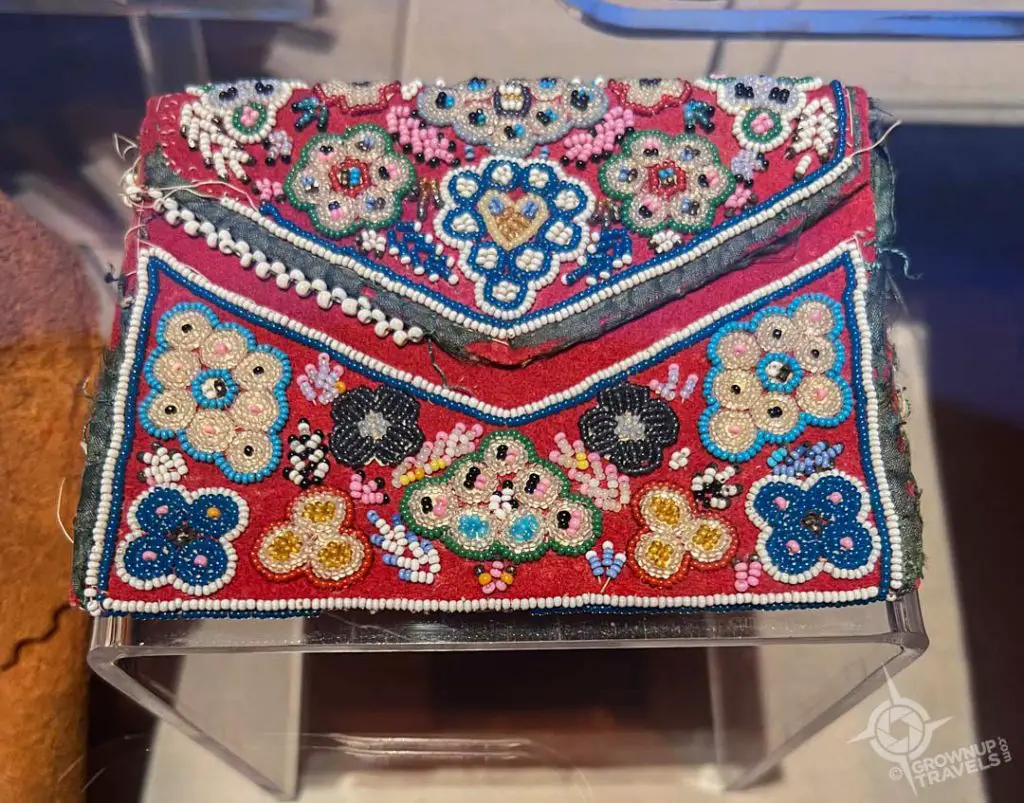
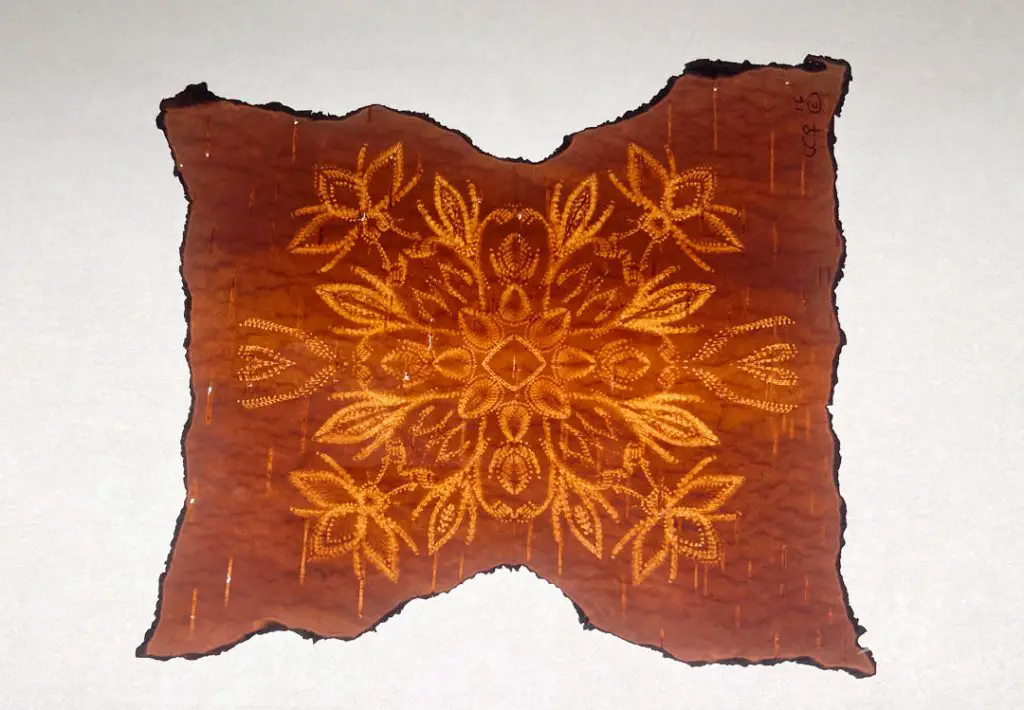
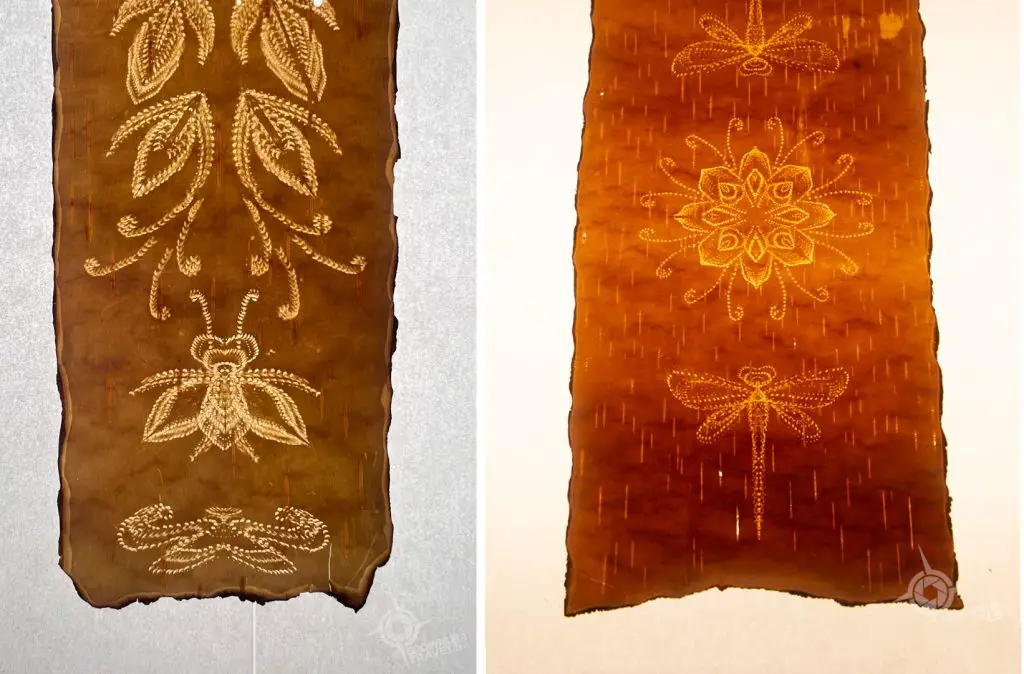
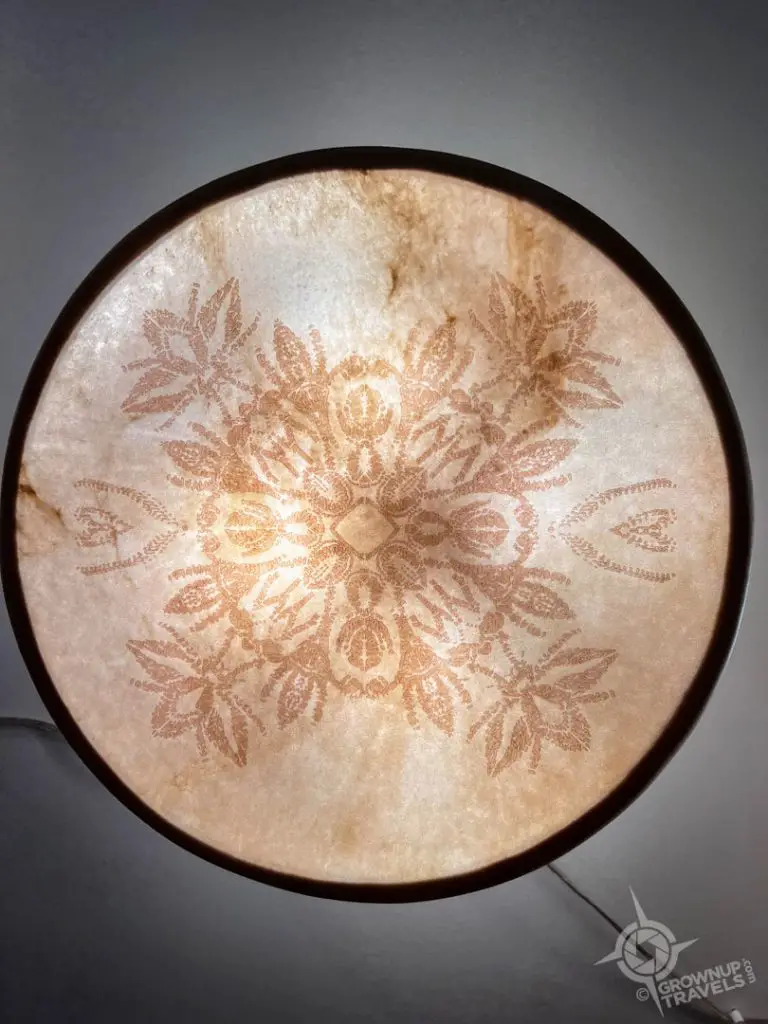
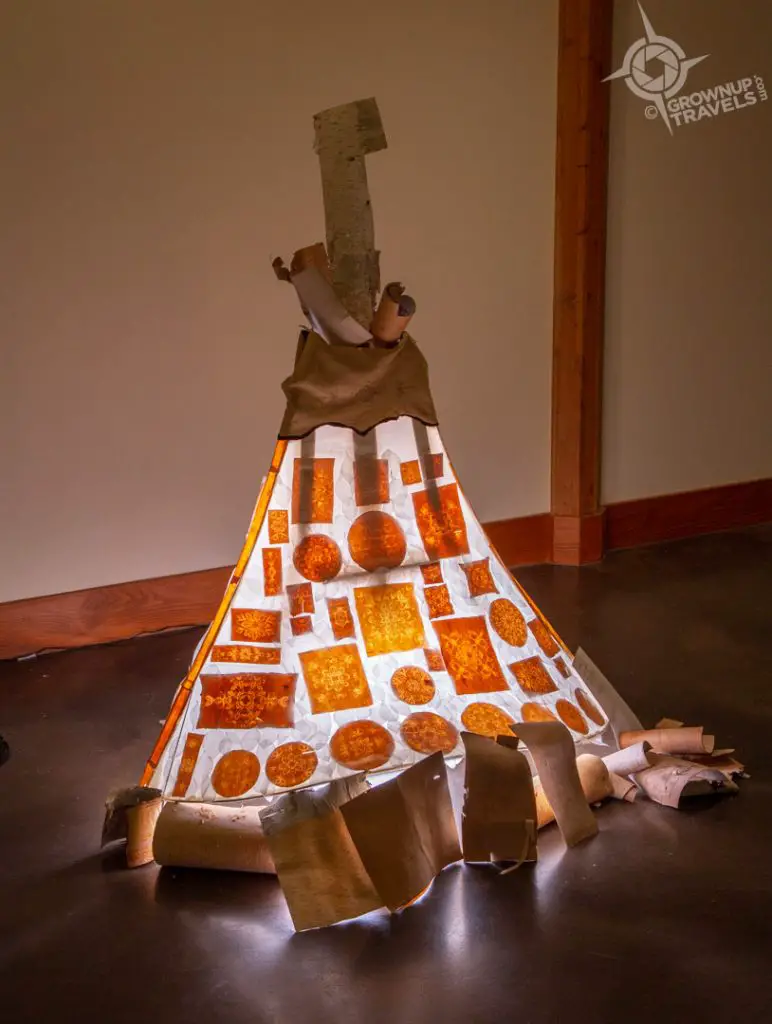
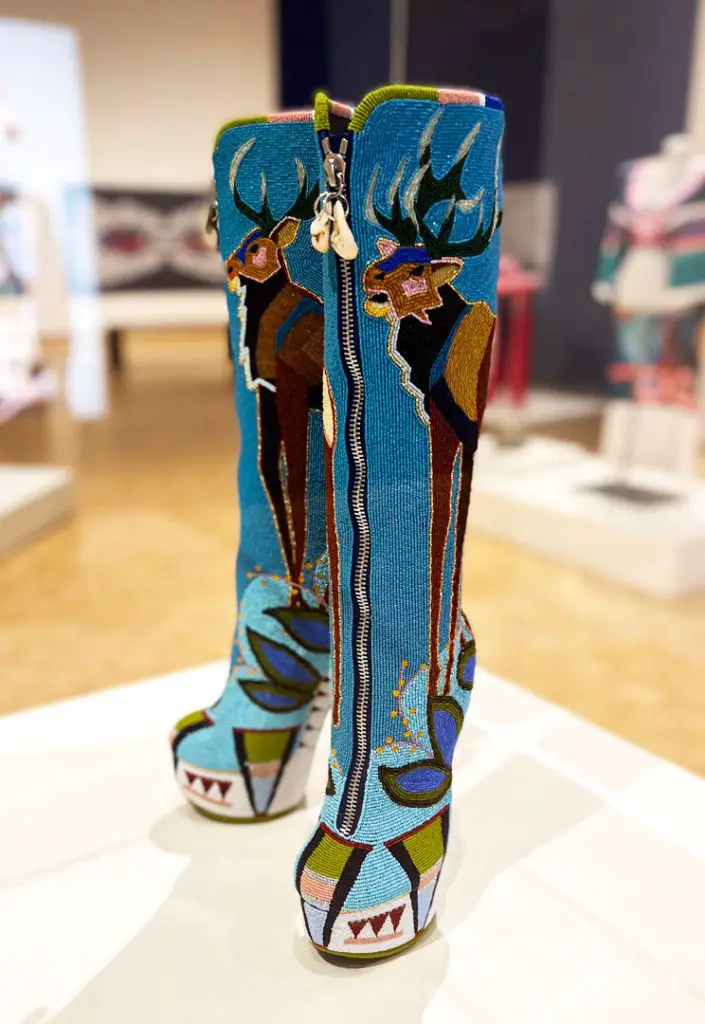
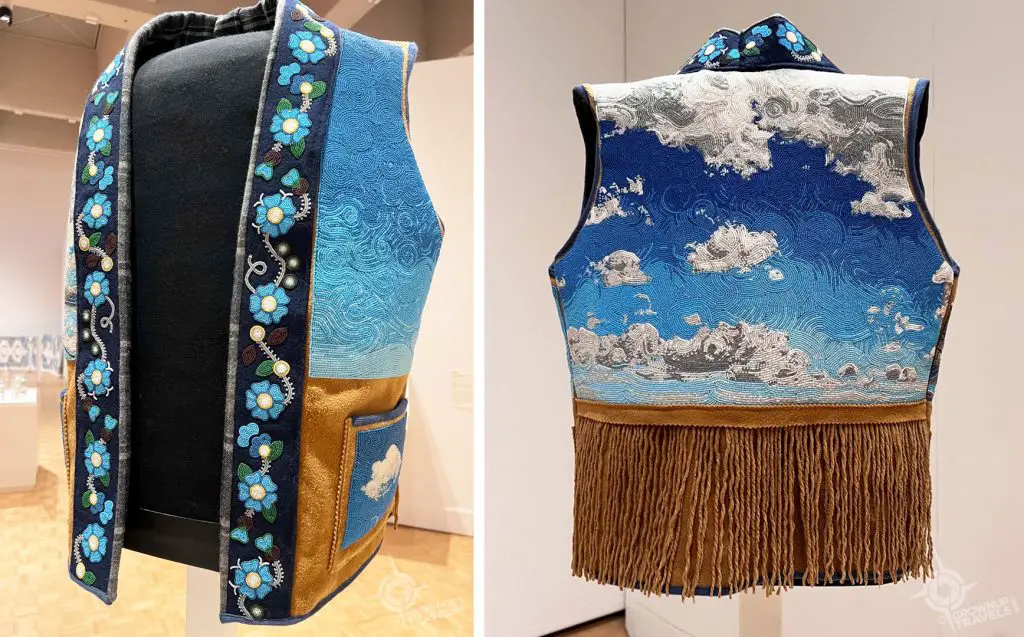
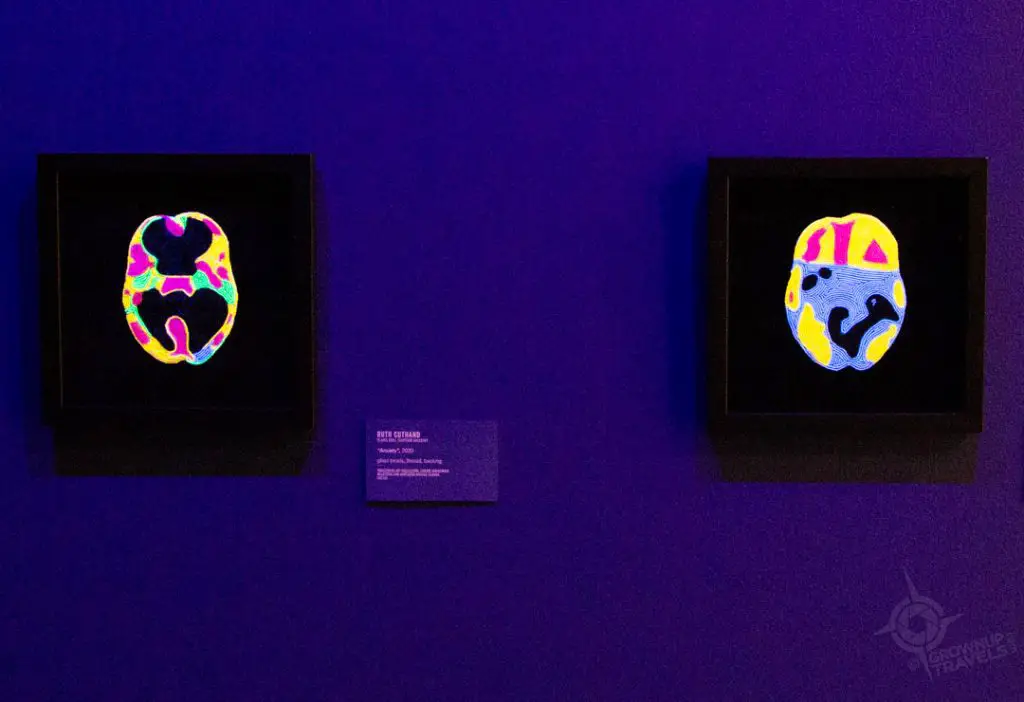
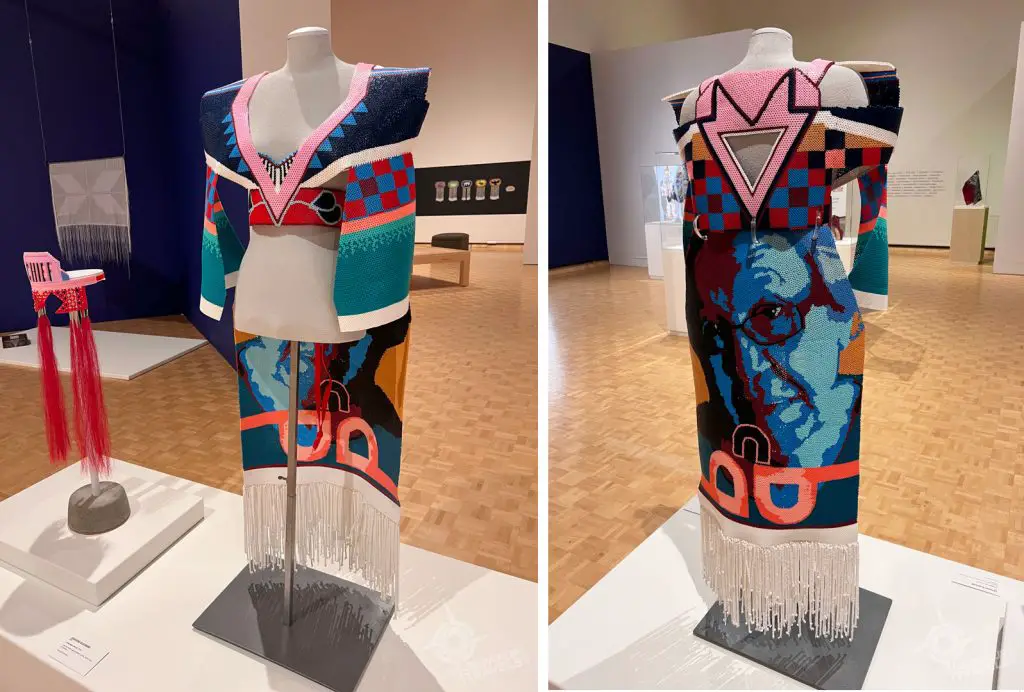
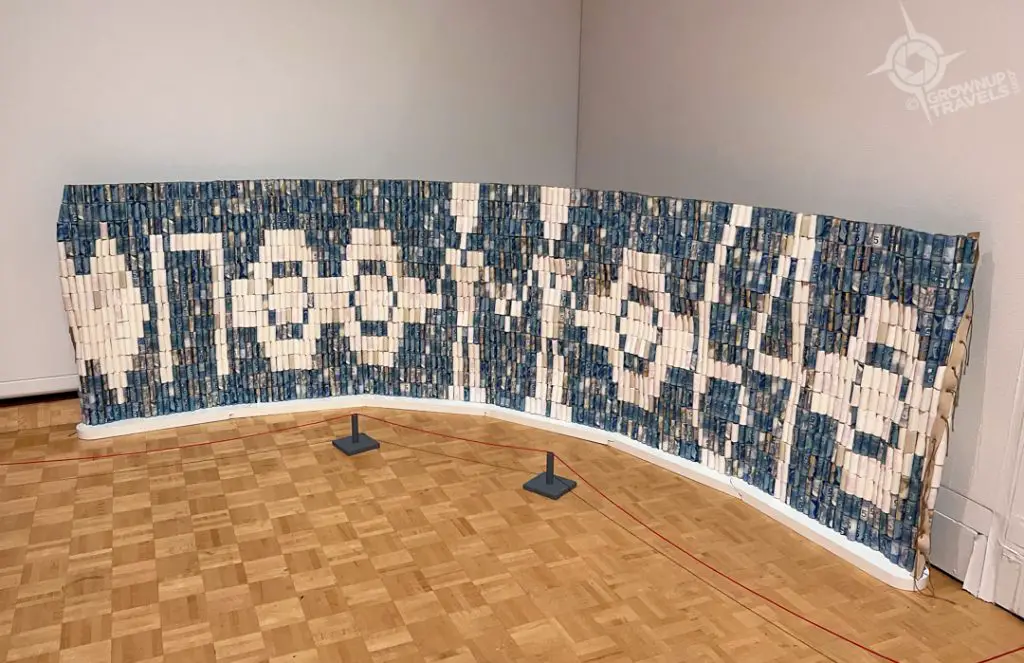
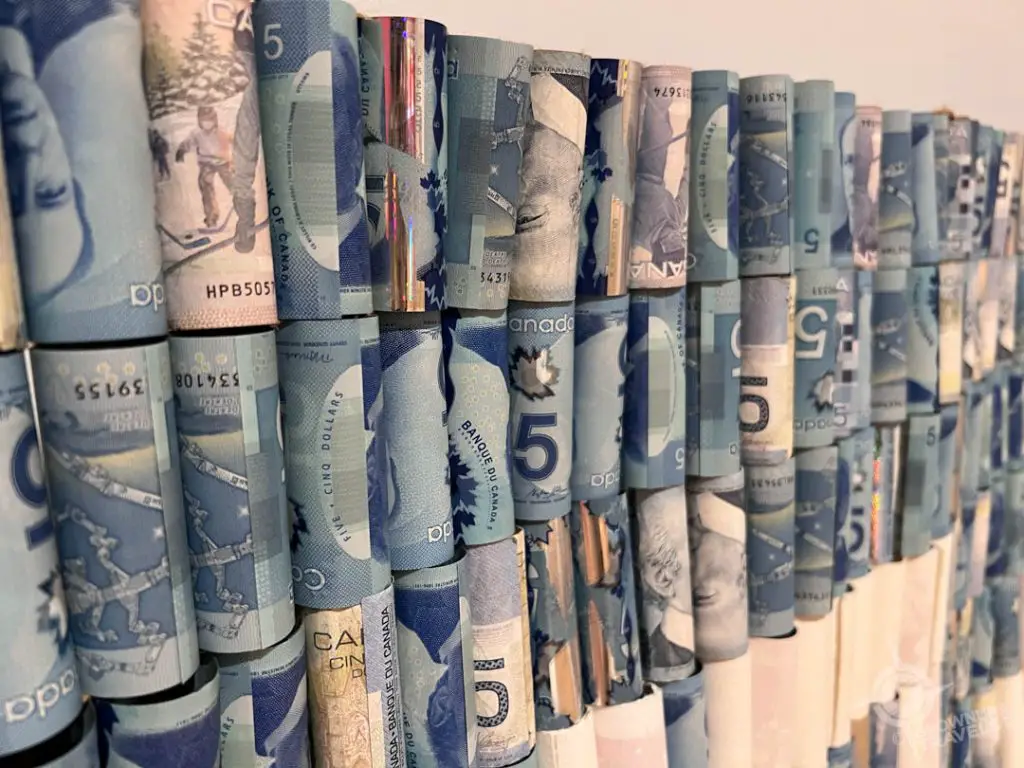
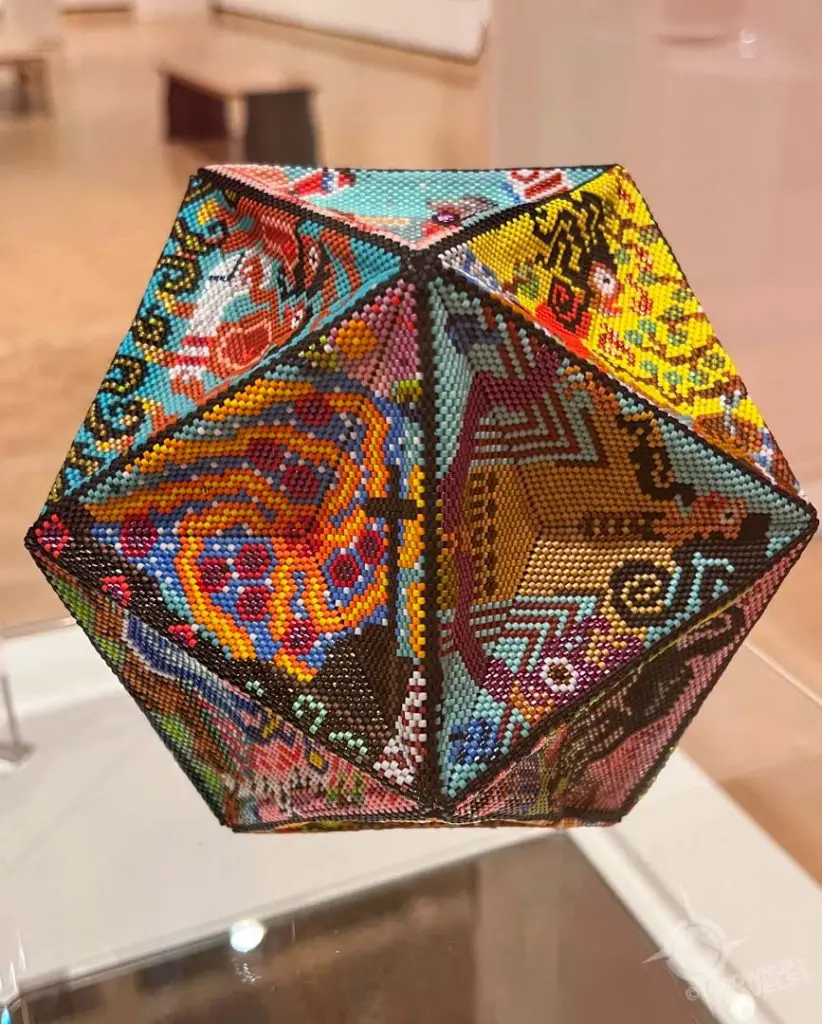
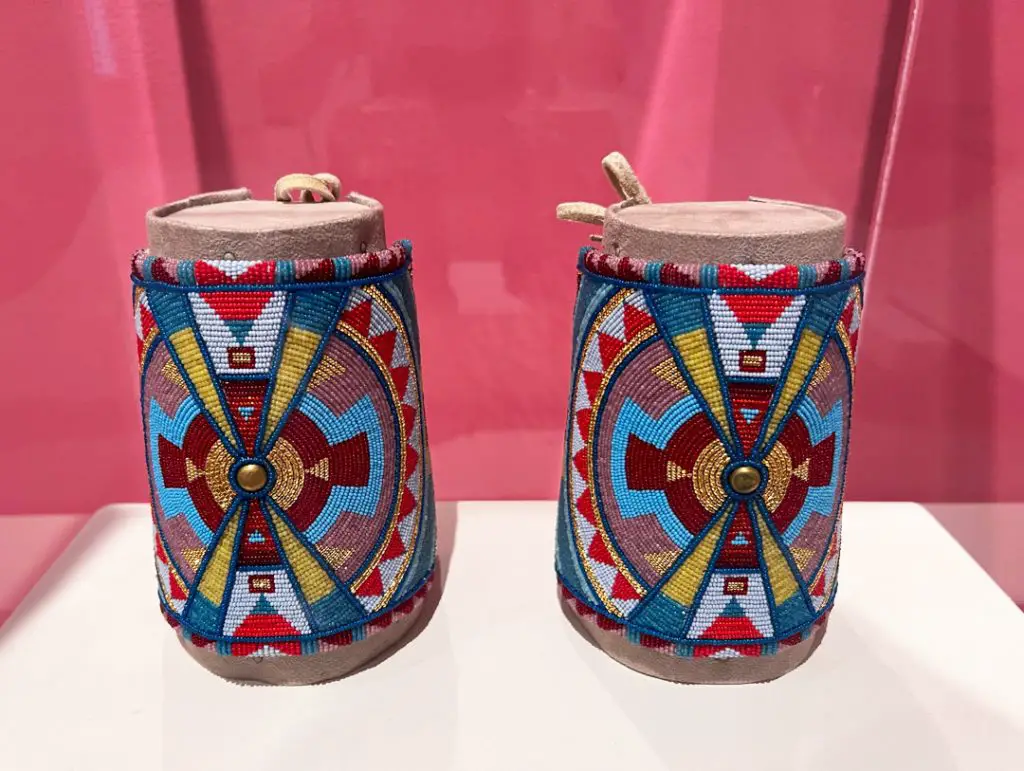
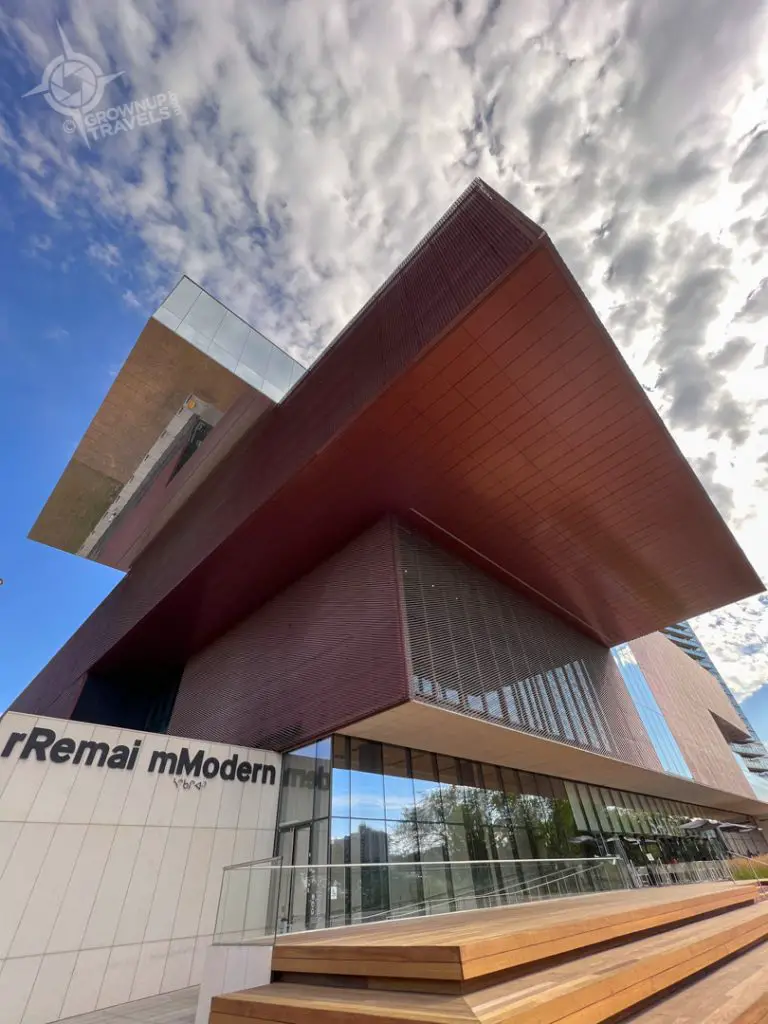
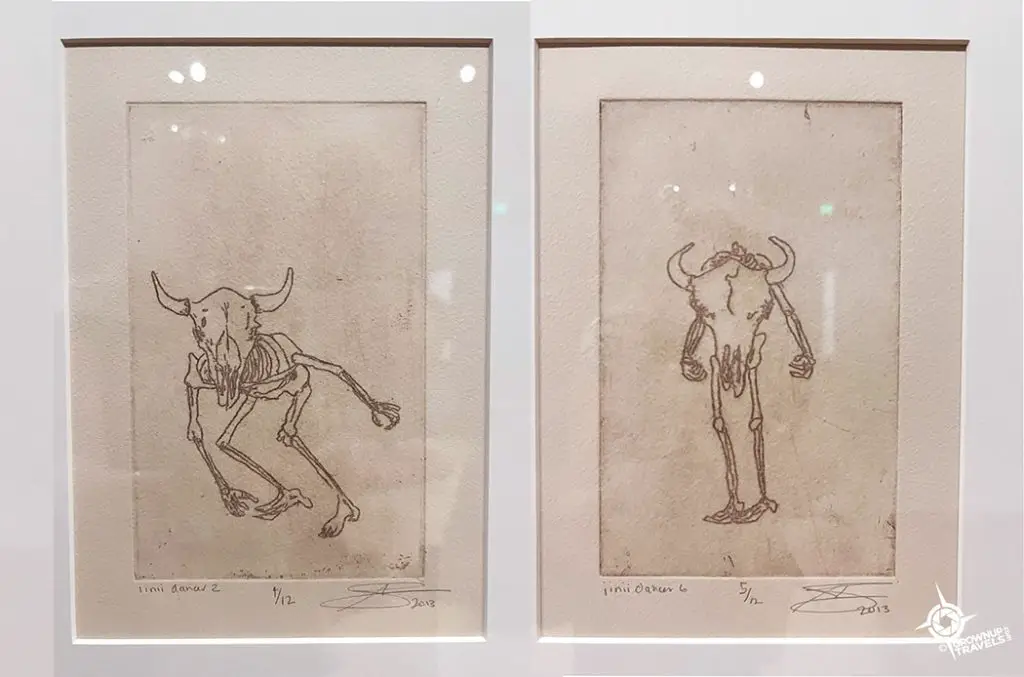
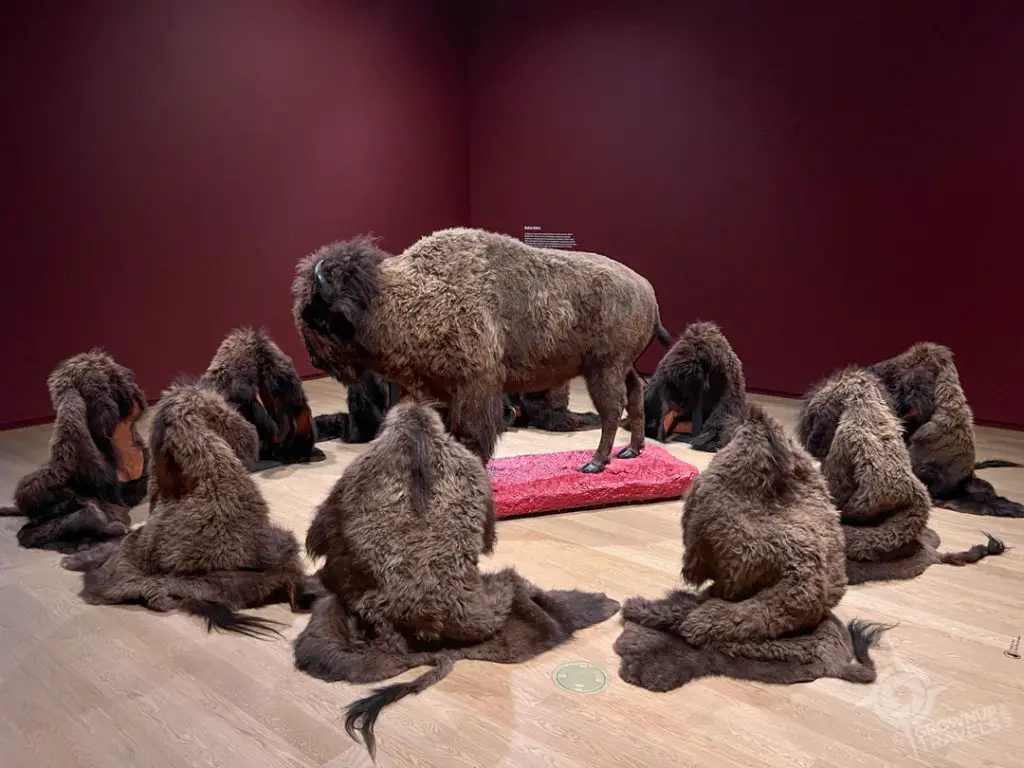
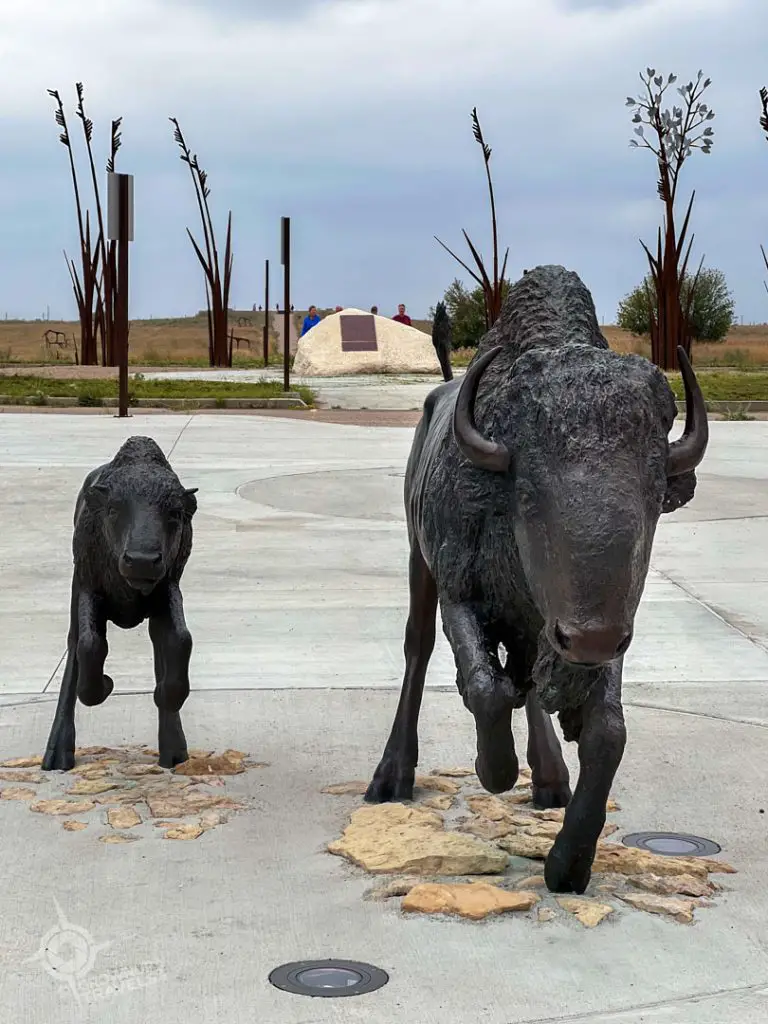
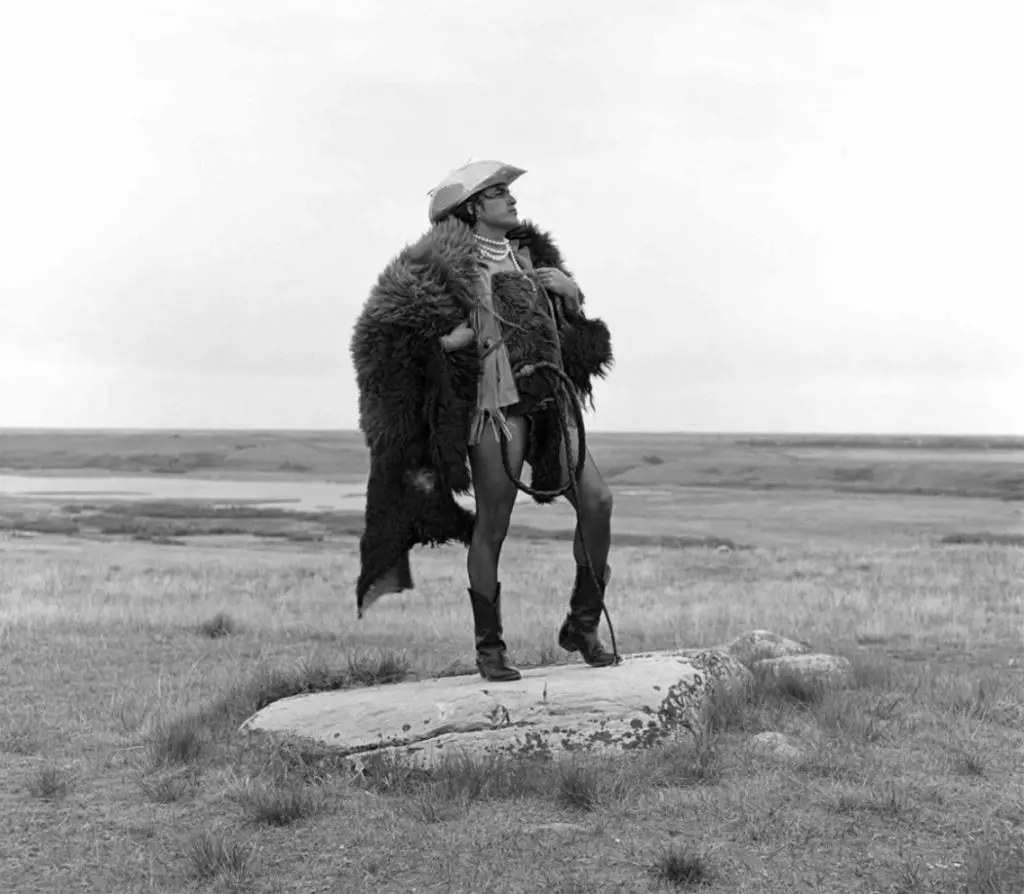
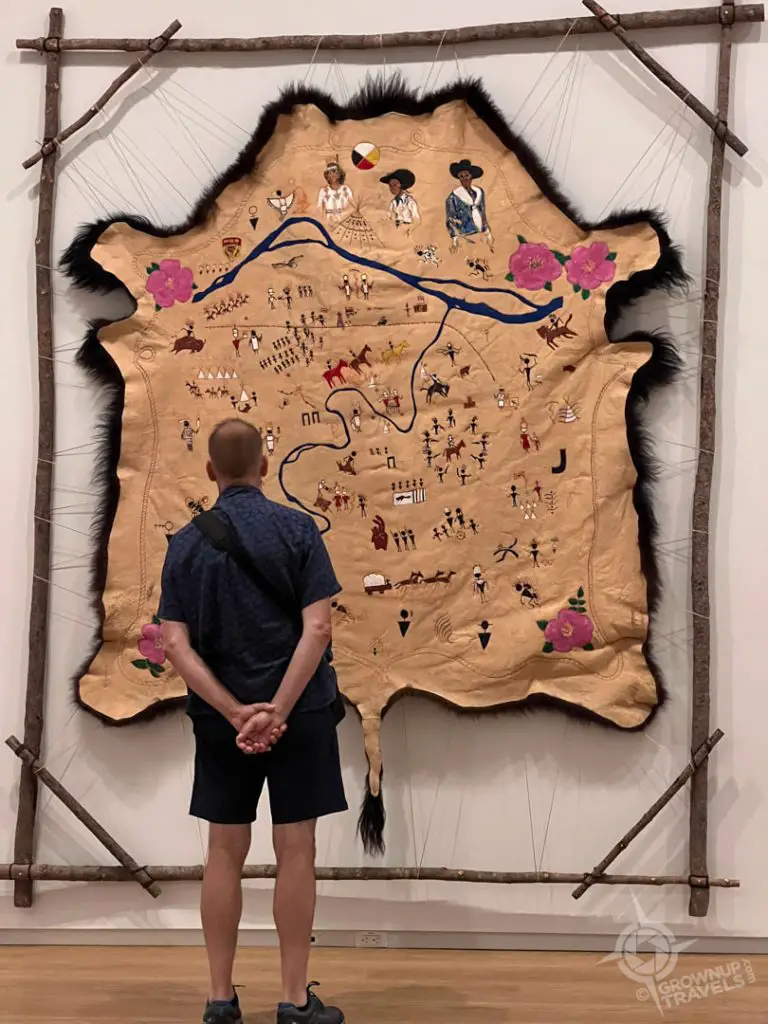
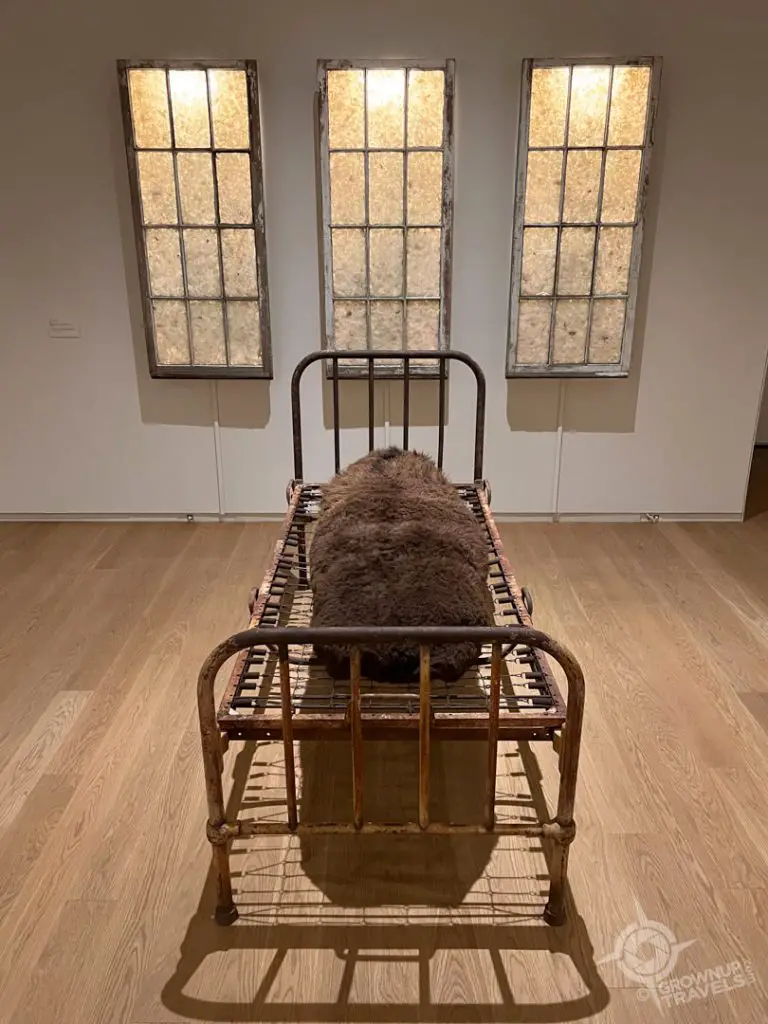
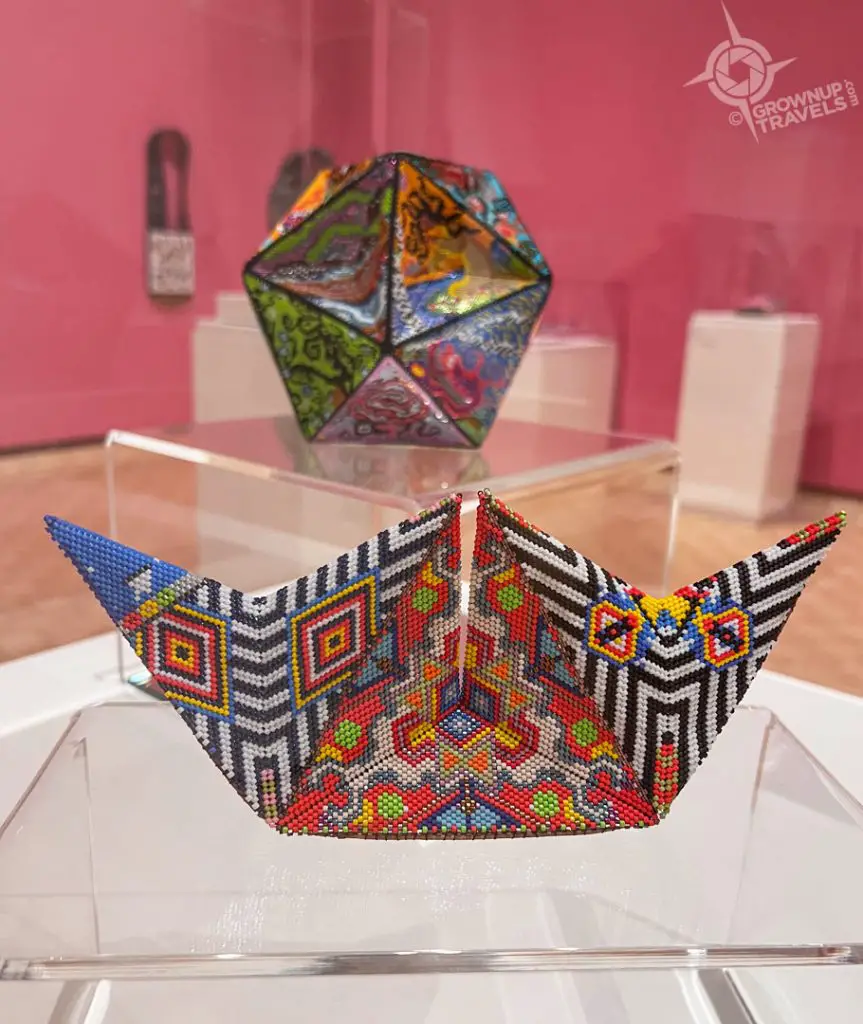
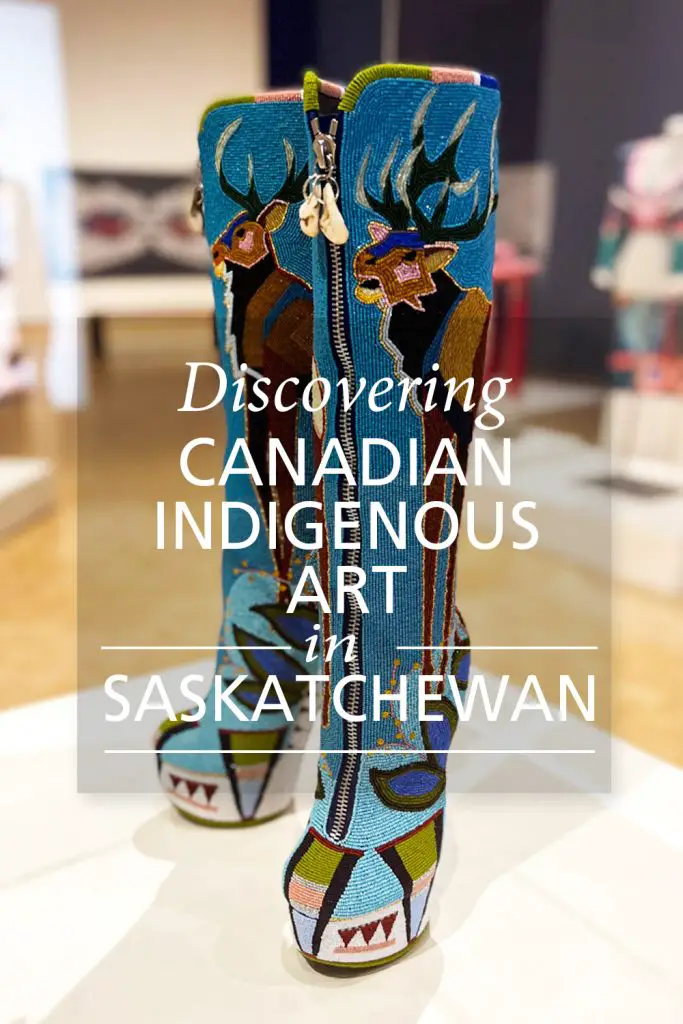



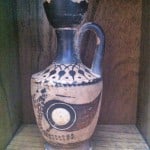







Beautiful and jaw dropping!